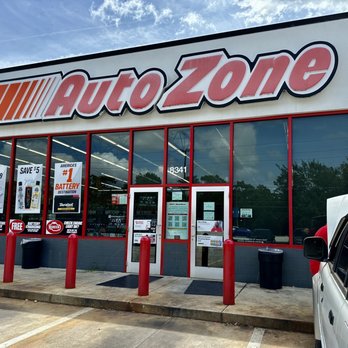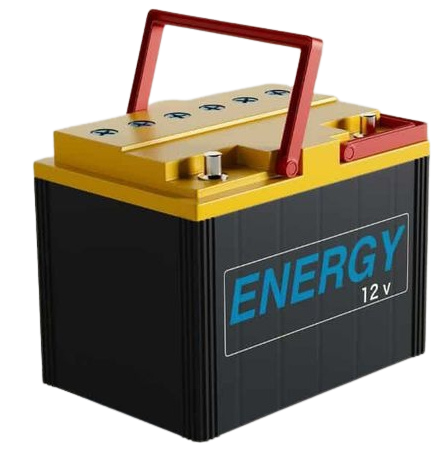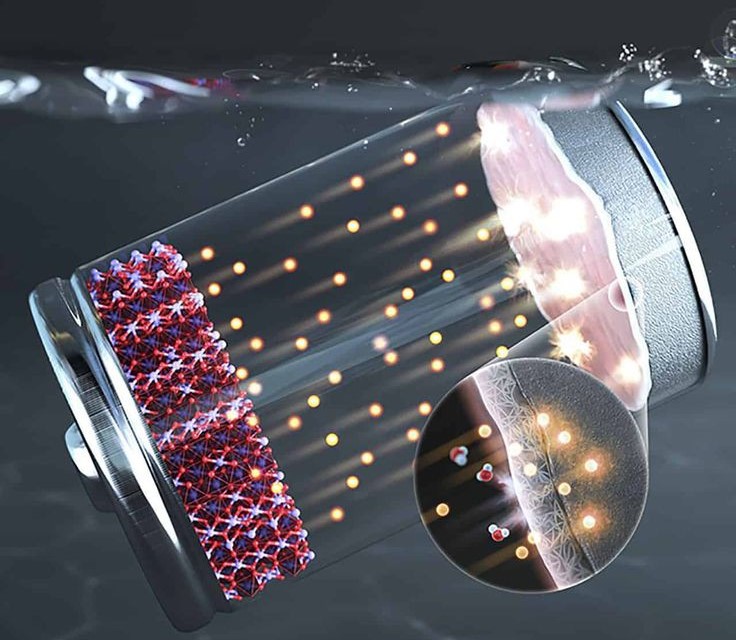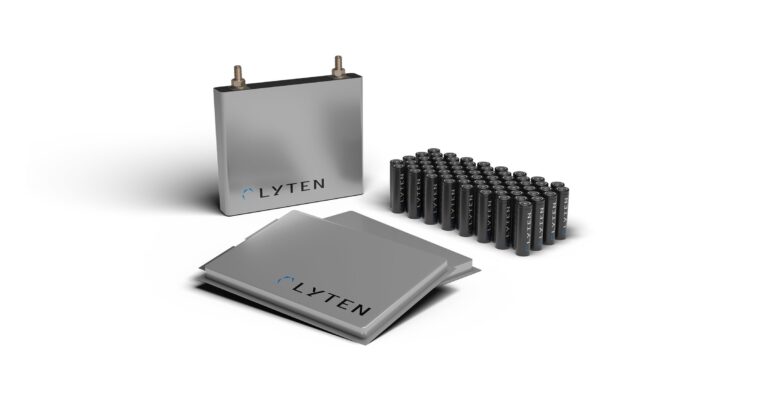What is a Flooded Battery?
Contents
- 1 What is a Flooded Battery?
- 1.1 Introduction to Flooded Batteries:
- 1.2 Composition of Flooded Battery
- 1.3 Principle of Flooded Battery Operation
- 1.4 Maintenance Requirements
- 1.5 Charging Process
- 1.6 Discharging Process
- 1.7 Applications of Flooded Battery
- 1.8 Benefits of Flooded Battery
- 1.9 The Drawbacks of Flooded Battery
- 1.10 Conclusion
- 1.11 FAQ

Introduction to Flooded Batteries:
An important power source that is used in many facets of our everyday lives is flooded batteries, commonly referred to as wet cell batteries, from putting on backup power during emergencies to starting our autos. Flooded batteries are dependable and widely used. These batteries which have been around for decades provide an affordable way to store and distribute electrical energy.
Flooded batteries work on a straightforward but efficient principle. Chemical reactions between lead plates and the sulfuric acid electrolyte solution produce electrical energy. Then a variety of gadgets, including big automobiles and industrial machinery, as well as tiny electronics, can be powered by this energy.
Because they are inexpensive and have a track record of reliability, flooded batteries are still in demand even in the face of emerging battery technologies. They do need routine maintenance to guarantee their durability and ideal performance. To maximize flooded batteries lifespan and dependability. It is crucial to understand how they operate and how to take care of them.
This extensive tutorial will examine the internal operations of flooded batteries and their uses, upkeep needs, benefits, and drawbacks. This article will give you essential insights into flooded batteries, regardless of whether you own a car, are a homeowner needing backup power, or are just interested in battery technology.
Composition of Flooded Battery
For the manufacture of flooded batteries lead plates are submerged in an electrolyte solution that contains sulfuric acid. Lead plates are typically arranged in battery case cells. Chemical reactions between the lead plates and the electrolyte solution occur during the charging and discharging operation, converting chemical energy into electrical energy.
Principle of Flooded Battery Operation

A flooded battery creates an electrical current when it is connected to a circuit because the electrolyte solution makes it easier for ions to travel between the lead plates. The battery can store energy once more because the electrical current may reverse the chemical changes that occur while charging. The chemical reactions are reversed when discharging, which causes the connected devices to produce electricity.
Maintenance Requirements
One of the significant drawbacks of flooded batteries is their maintenance requirements. Since they contain a liquid electrolyte solution, regular maintenance is necessary to ensure proper functioning. This includes checking and topping up the electrolyte levels, cleaning the battery terminals, and ensuring adequate ventilation to prevent the buildup of explosive hydrogen gas.
Charging Process
Flooded batteries require careful charging to avoid overcharging, which can lead to the buildup of excess hydrogen gas and the risk of explosion. Proper charging involves using a compatible charger and monitoring the battery’s voltage and current levels throughout the charging process. Overcharging can also cause the electrolyte solution to evaporate, decreasing battery performance and lifespan.
Discharging Process
The chemical reactions inside the flooded battery during the discharge process provide electrical energy that can power various systems and devices. Deep discharges must be avoided as this can cause sulfation which lowers the capacity and lifespan of the battery by causing sulfate crystals to accumulate on the lead plates.
Applications of Flooded Battery
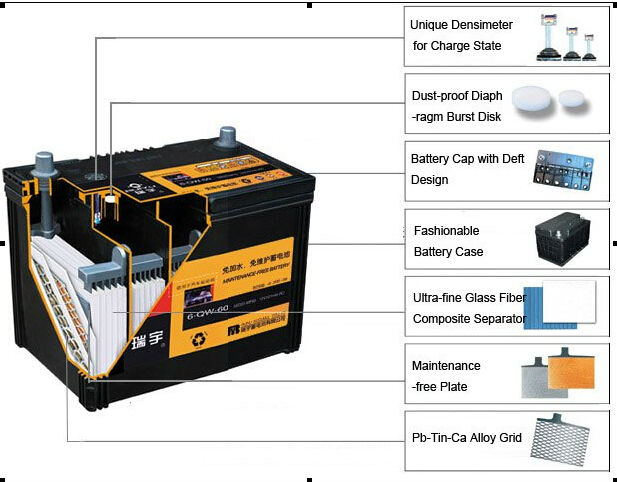
In many different applications flooded batteries are used extensively as dependable power sources for various systems and gadgets. They are frequently used to supply the electrical energy required to start engines and operate onboard electronics in automobiles, including cars, trucks, and motorbikes. Furthermore, flooded batteries are essential parts of business and residential buildings’ backup power systems, guaranteeing a steady supply of electricity during an outage. Additionally, they are essential components of renewable energy storage systems, which store excess energy produced by wind turbines or solar panels for later use. In short, flooded batteries are essential to modern life, powering anything from cars to off-grid residences.
Benefits of Flooded Battery
- Flooded batteries have several benefits despite their need for constant maintenance.
- Because they are less expensive than other batteries.
- They are an economical option for a range of applications.
- They also have a high tolerance for deep discharges and overcharging.
- They can be used in severe environments.
The Drawbacks of Flooded Battery
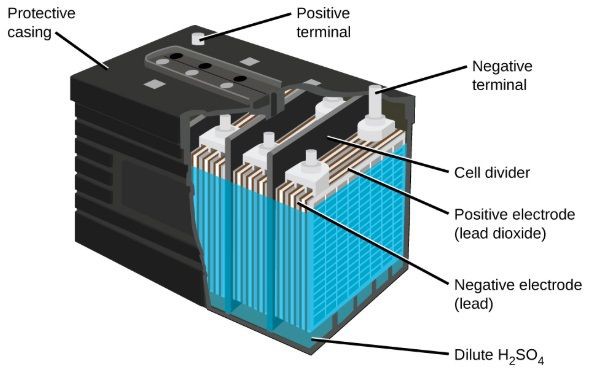
Flooded batteries have some serious drawbacks in addition to their maintenance needs. If the battery is overfilled or tilted it is vulnerable to electrolyte spilling, which could lead to corrosion and environmental contamination. They also have a lower energy density than other battery types making the designs bulkier and heavier..
Conclusion
flooded batteries are an essential part of a lot of electrical systems because they offer a consistent power supply for a variety of uses. Their price and durability make them a popular choice for automotive, industrial, and renewable energy storage applications, even if regular maintenance is necessary to ensure optimal performance. It is possible to extend the life and maximize the efficiency of flooded batteries and guarantee a dependable power source for many years to come by being aware of their composition, operation, and maintenance needs.
FAQ
Are flooded batteries safe to use?
Flooded batteries are usually safe to use if they are handled and maintained correctly. They do present specific safety issues especially because of the electrolyte solution that contains sulfuric acid. It is important to take the right safety measures to avoid fume exposure and electrolyte spills. Hydrogen gas that is explosive can accumulate due to overcharging or incorrect maintenance so caution should be used when handling and charging.
How often do flooded batteries need maintenance?
The amount of maintenance required for flooded batteries varies depending on a number of variables, such as application, usage patterns, and environmental conditions. Checking the electrolyte levels and battery terminals on a regular basis is advised, usually every one to three months. Periodically topping off the electrolyte solution can be required, particularly in warm climates where evaporation rates are higher. Optimizing battery lifespan and performance requires maintaining clean battery terminals and making sure there is enough air.
Can flooded batteries be recycled?
Flooded batteries may be recycled to reduce their adverse environmental impact and recover valuable materials. The main recyclable parts of lead-acid batteries, especially flooded batteries are the lead plates and the sulfuric acid electrolyte solution. Many automotive and industrial battery retailers have recycling programs where old batteries can be returned for proper disposal and recycling. Reusing flooded batteries preserves important resources for later use and aids in preventing dangerous materials from entering the environment.


